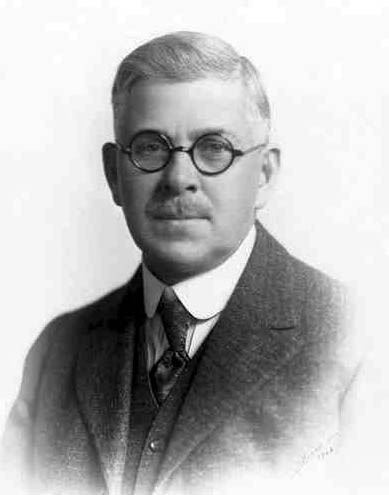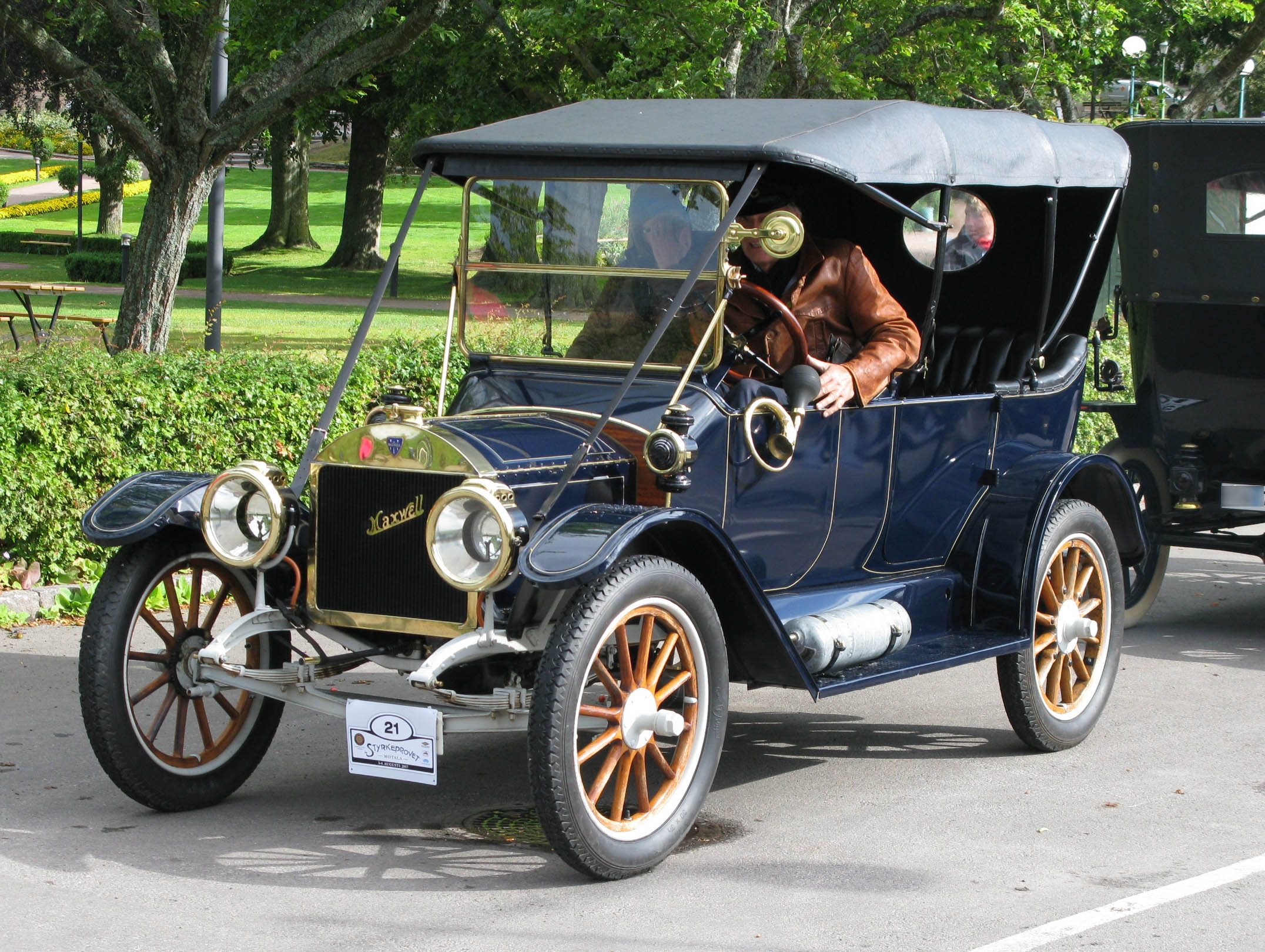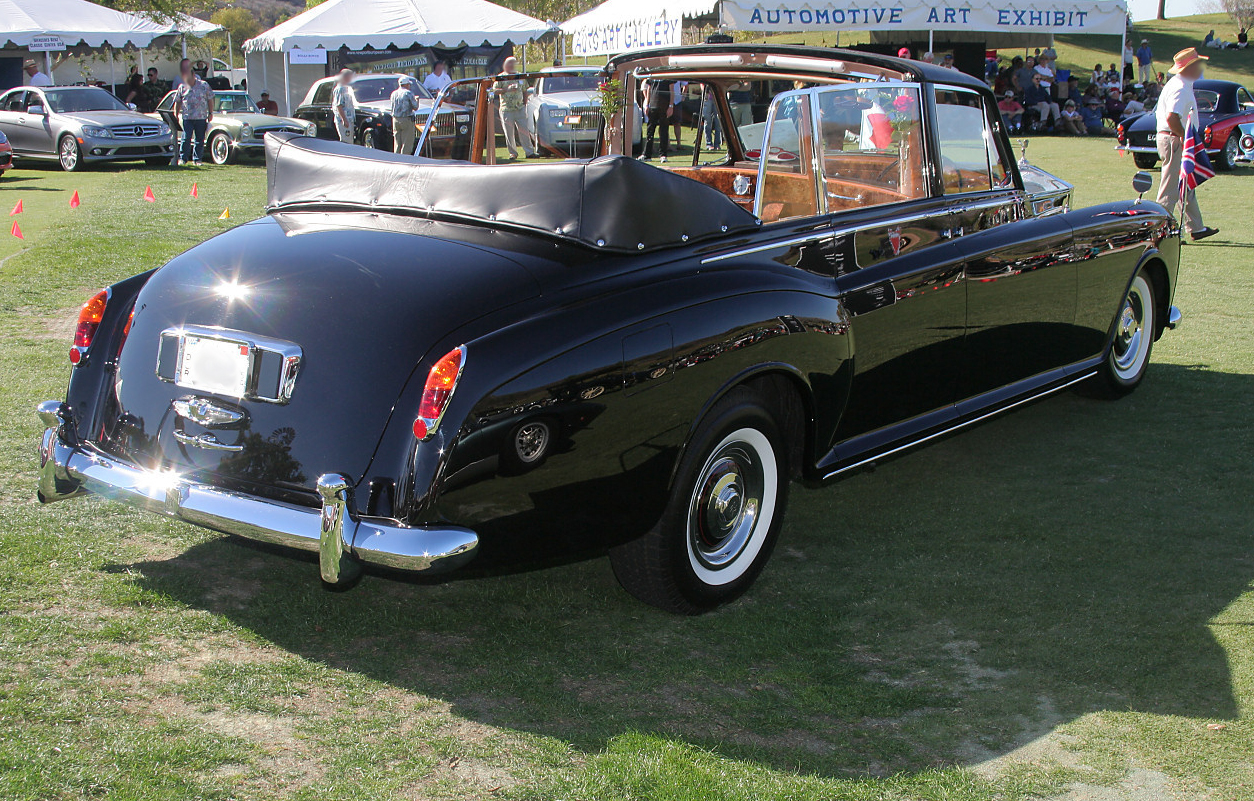|
Heine-Velox
Heine-Velox was a large, expensive luxury car made by Gustav Heine. Heine Piano Company was originally Bruenn Piano Company before Heine became owner. All were based in San Francisco. Piano business Gustav Otto Ludolf Heine was born near Boizenburg, Germany, in 1868, and emigrated to the United States in 1873 with his parents and seven siblings, settling in the Capay Valley. At the age of 16, he moved to San Francisco and went to work for ''Bruenn Piano Company''. Heine became a piano tuner, but did not get along well with the owner of the firm. After much conflict, and a scar from dueling Bruenn with tuning hammers, Heine emerged owner of Bruenn Piano Company, changing the name of the firm to ''Heine Piano Company''. Automobile interest In 1903, Heine became interested in automobiles and had one of the first Ford dealerships in the west coast. The next year, he met Colonel E. J. Hall (of the Hall-Scott Motor Company), who designed engines for Heine with hill climbing u ... [...More Info...] [...Related Items...] OR: [Wikipedia] [Google] [Baidu] |
Gustav Otto Ludolf Heine
Gustav Otto Ludolf Heine (January 7, 1868 – April 23, 1959) was the owner of a piano business (''Heine Piano Company'') in San Francisco, which was formerly his boss's (''Bruenn Piano Company''). He also manufactured automobiles under the name of Heine-Velox. Early life Heine was born near Boizenburg in the German grand duchy of Mecklenburg-Schwerin on January 7, 1868. He moved to Napa Valley Napa Valley is an American Viticultural Area (AVA) located in Napa County in California's Wine Country. It was established by the Bureau of Alcohol, Tobacco and Firearms (ATF) on January 27, 1981. Napa Valley is considered one of the premier ..., possibly in 1873, with his parents and seven siblings. Career By the time Heine was sixteen years old, he moved to San Francisco and had gotten a job sweeping floors at the Bruenn Piano Company. He was soon trained as a piano tuner, and within two years became a partner at Bruenn. After a disagreement, Heine forcefully became owner of the ... [...More Info...] [...Related Items...] OR: [Wikipedia] [Google] [Baidu] |
Weidely Motor Company
Weidely Motors Company was an early motor company based in Indianapolis, IN. Weidely started in 1915. It made engines for Premier, Chalmers, Cletrac The Oliver Farm Equipment Company was an American farm equipment manufacturer from the 20th century. It was formed as a result of a 1929 merger of four companies: the American Seeding Machine Company of Richmond, Indiana; Oliver Chilled Plow ... crawlers and Owen Magnetic cars. They also made a V-12 engine for the 1917 Pathfinder and 1920 Heine-Velox. George Weidely and H.O. Smith, started the Premier Motor Manufacturing Company on December 24, 1902. Weidely was an innovative engine designer and created an early overhead valve V-12. Premier went into receivership in 1914 so they took the rights and development of the Premier engine and formed the Weidely Engine Company in partnership with R.M. Owen who was president of the Entz Motor Corporation. Research has not revealed when the company closed but it made engines for ... [...More Info...] [...Related Items...] OR: [Wikipedia] [Google] [Baidu] |
Duesenberg
Duesenberg Automobile and Motors Company, Inc. was an American race car, racing and luxury car, luxury automobile manufacturer founded in Indianapolis, Indiana, by brothers Fred Duesenberg, Fred and August Duesenberg in 1920. The company is known for popularizing the straight-eight engine and four-wheel hydraulic brakes. A Duesenberg car was the first American car to win a Grand Prix race, winning the 1921 French Grand Prix. Duesenbergs won the Indianapolis 500 in 1924, 1925, and 1927. Transportation executive Errett Lobban Cord acquired the Duesenberg corporation in 1926. The company was sold and dissolved in 1937. History Fred Duesenberg, Fred and August Duesenberg began designing engines in the early 1900s after Fred became involved with bicycle racing. The brothers designed a vehicle in 1905 and in 1906, formed the Mason Motor Car Company with funds from lawyer Edward R. Mason in Des Moines, Iowa. Frederick Louis Maytag I, F.L. and Elmer Henry Maytag, Elmer Maytag acqu ... [...More Info...] [...Related Items...] OR: [Wikipedia] [Google] [Baidu] |
Chevrolet
Chevrolet ( ), colloquially referred to as Chevy and formally the Chevrolet Motor Division of General Motors Company, is an American automobile division of the American manufacturer General Motors (GM). Louis Chevrolet (1878–1941) and ousted General Motors founder William C. Durant (1861–1947) started the company on November 3, 1911 as the Chevrolet Motor Car Company. Durant used the Chevrolet Motor Car Company to acquire a controlling stake in General Motors with a reverse merger occurring on May 2, 1918, and propelled himself back to the GM presidency. After Durant's second ousting in 1919, Alfred Sloan, with his maxim "a car for every purse and purpose", would pick the Chevrolet brand to become the volume leader in the General Motors family, selling mainstream vehicles to compete with Henry Ford's Model T in 1919 and overtaking Ford as the best-selling car in the United States by 1929 with the Chevrolet International. Chevrolet-branded vehicles are sold in most autom ... [...More Info...] [...Related Items...] OR: [Wikipedia] [Google] [Baidu] |
Western Tool Works (automobile Company)
Western Tool Works was a pioneering brass era automobile manufacturer in Galesburg, Illinois. The company made Gale automobiles from 1904 to 1910. Early Gale runabouts were notable for having bodywork hinged at the rear of the car that could be lifted to ease access to the engine, essentially making the entire body the hood. In 1905 Western produced the Gale Model A runabout for sale at US$500. This was less expensive than the high-volume Oldsmobile Runabout at US$650, the 2-seat Ford Model C "Doctor's Car" at US$850, or the Holsman high wheeler, but more expensive than the Black at $375, and the Success at US$250. The Model A came standard with a water-cooled engine mounted beneath the tilting body, chain drive, elliptic springs, spoke wheels with tube tires, and repair kit. The same year, Western offered the US$650 Gale Model B. Its water-cooled engine, springs, wheels, and tires had the same dimensions as those of the Model A, and it also had chain drive and a repair k ... [...More Info...] [...Related Items...] OR: [Wikipedia] [Google] [Baidu] |
Oldsmobile Curved Dash
__NOTOC__ The gasoline-powered Oldsmobile Model R, also known as the Curved Dash Oldsmobile, is credited as being the first mass-produced automobile, meaning that it was built on an assembly line using interchangeable parts. It was introduced by the Oldsmobile company in 1901 and produced through 1903; 425 were produced the first year, 2,500 in 1902, and over 19,000 were built in all. When General Motors assumed operations from Ransom E. Olds on November 12, 1908, GM introduced the Oldsmobile Model 20, which was the 1908 Buick Model 10 with a stretched wheelbase and minor exterior changes. It was a runabout model, could seat two passengers, and sold for US$650 ($ in dollars). While competitive, due to high volume, and priced below the US$850 two-seat Ford Model C "Doctor's Car", it was more expensive than the Western 1905 Gale Model A roadster at US$500. The Black sold for $375, and the Success for US$250. It was built as a city car for short distance driving, while the larger ... [...More Info...] [...Related Items...] OR: [Wikipedia] [Google] [Baidu] |
Oldsmobile
Oldsmobile or formally the Oldsmobile Division of General Motors was a brand of American automobiles, produced for most of its existence by General Motors. Originally established as "Olds Motor Vehicle Company" by Ransom E. Olds in 1897, it produced over 35 million vehicles, including at least 14 million built at its Lansing, Michigan factory alone. During its time as a division of General Motors, Oldsmobile slotted into the middle of GM's five (passenger car) divisions (above Chevrolet and Pontiac, but below Buick and Cadillac), and was noted for several groundbreaking technologies and designs. Oldsmobile's sales peaked at over one million annually from 1983 to 1986, but by the 1990s the division faced growing competition from premium import brands, and sales steadily declined. When it shut down in 2004, Oldsmobile was the oldest surviving American automobile marque, and one of the oldest in the world, after Mercedes-Benz, Peugeot, Renault, Fiat, Opel, Autocar and Tatra (i ... [...More Info...] [...Related Items...] OR: [Wikipedia] [Google] [Baidu] |
Runabout (car)
A runabout is a car body style popular in the 1910s, based on the horse-drawn runabout carriage. It was popular in North America from 1900 to about 1915. It was a light, basic style with no windshield, top, or doors and a single row of seats. Runabouts eventually became indistinguishable from roadsters and the term fell out of use in the United States. The approach has evolved into the modern "city car". Origin Runabouts originated as a type of horse and carriage body. In 1881, Rufus Meade Stivers produced runabout bodies using a patent held by Joseph Tilton. Stivers, a blacksmith and wheelwright, produced the runabouts in his carriage manufactory on East 31st Street, Manhattan, established in 1851. According to ''The Carriage Journal'',The special feature of the runabout was that the body was hung low by using cranked axles, and the side-bars were attached to legs at the top of the crank. The original runabout was made without a top, and, besides hanging low which made f ... [...More Info...] [...Related Items...] OR: [Wikipedia] [Google] [Baidu] |
Roadster (automobile)
A roadster (also spider, spyder) is an open two-seat car with emphasis on sporting appearance or character. Initially an American term for a two-seat car with no weather protection, usage has spread internationally and has evolved to include two-seat convertibles. The roadster was also a style of racing car driven in United States Auto Club (USAC) Championship Racing, including the Indianapolis 500, in the 1950s and 1960s. This type of racing car was superseded by rear-mid-engine cars. Etymology The term "roadster" originates in the United States, where it was used in the 19th century to describe a horse suitable for travelling. By the end of the century, the definition had expanded to include bicycles and tricycles. In 1916, the United States Society of Automobile Engineers defined a roadster as: "an open car seating two or three. It may have additional seats on running boards or in rear deck." Since it has a single row of seats, the main seat for the driver and passenger w ... [...More Info...] [...Related Items...] OR: [Wikipedia] [Google] [Baidu] |
Touring Car
Touring car and tourer are both terms for open cars (i.e. cars without a fixed roof). "Touring car" is a style of open car built in the United States which seats four or more people. The style was popular from the early 1900s to the 1930s. The cars used for touring car racing in various series since the 1960s, are unrelated to these early touring cars, despite sharing the same name. "Tourer" is used in British English for any open car. The term "all-weather tourer" was used to describe convertibles (vehicles that could be fully enclosed). A popular version of the tourer was the torpedo, with the hood/bonnet line at the car's waistline giving the car a straight line from front to back. Touring car (U.S.) Design ''Touring car'' was applied in the U.S. to open cars (cars without a fixed roof, for example convertibles) that seat four or more people and have direct entrance to the tonneau (rear passenger area), although it has also been described as seating five or more people. ... [...More Info...] [...Related Items...] OR: [Wikipedia] [Google] [Baidu] |
Landaulette
A landaulet, also known as a landaulette, is a car body style where the rear passengers are covered by a convertible (car), convertible top. Often the driver is separated from the rear passengers by a division, as with a limousine. During the first half of the 20th century, taxicabs were often landaulets, with models such as the Austin 12/4 and the Checker Model G and early Checker Model A being a common sight in larger cities. Around the middle of the 20th century landaulets were built for public figures such as heads of state to use for formal processions or parades when they wished to be more visible to large crowds. Open cars are now less frequently used, due to security concerns. History The car body style is derived from the horse-drawn carriage of similar style that was a cut-down (Coupé#History, coupé) version of a Landau (carriage), landau. In British English, the term ''landaulet'' is used specifically for horse-drawn carriages, and ''landaulette'' is used when ... [...More Info...] [...Related Items...] OR: [Wikipedia] [Google] [Baidu] |
Limousine
A limousine ( or ), or limo () for short, is a large, chauffeur-driven luxury vehicle with a partition between the driver compartment and the passenger compartment. A very long wheelbase luxury sedan (with more than four doors) driven by a professional driver is called a stretch limousine. In some countries, such as the United States, Germany, Canada, and Australia, a limousine service may be any pre-booked hire car with driver, usually but not always a luxury car. In particular, airport shuttle services are often called limousine services though they often use minibuses. __TOC__ Etymology The word ''limousine'' is derived from the name of the French region Limousin. However, how the name of the region transferred to the car is uncertain. One possibility involves a particular type of carriage hood or roof physically resembled the raised hood of the cloak worn by the shepherds there. An alternate etymology speculates that some early chauffeurs wore a Limousin-style cloa ... [...More Info...] [...Related Items...] OR: [Wikipedia] [Google] [Baidu] |
.jpg)







